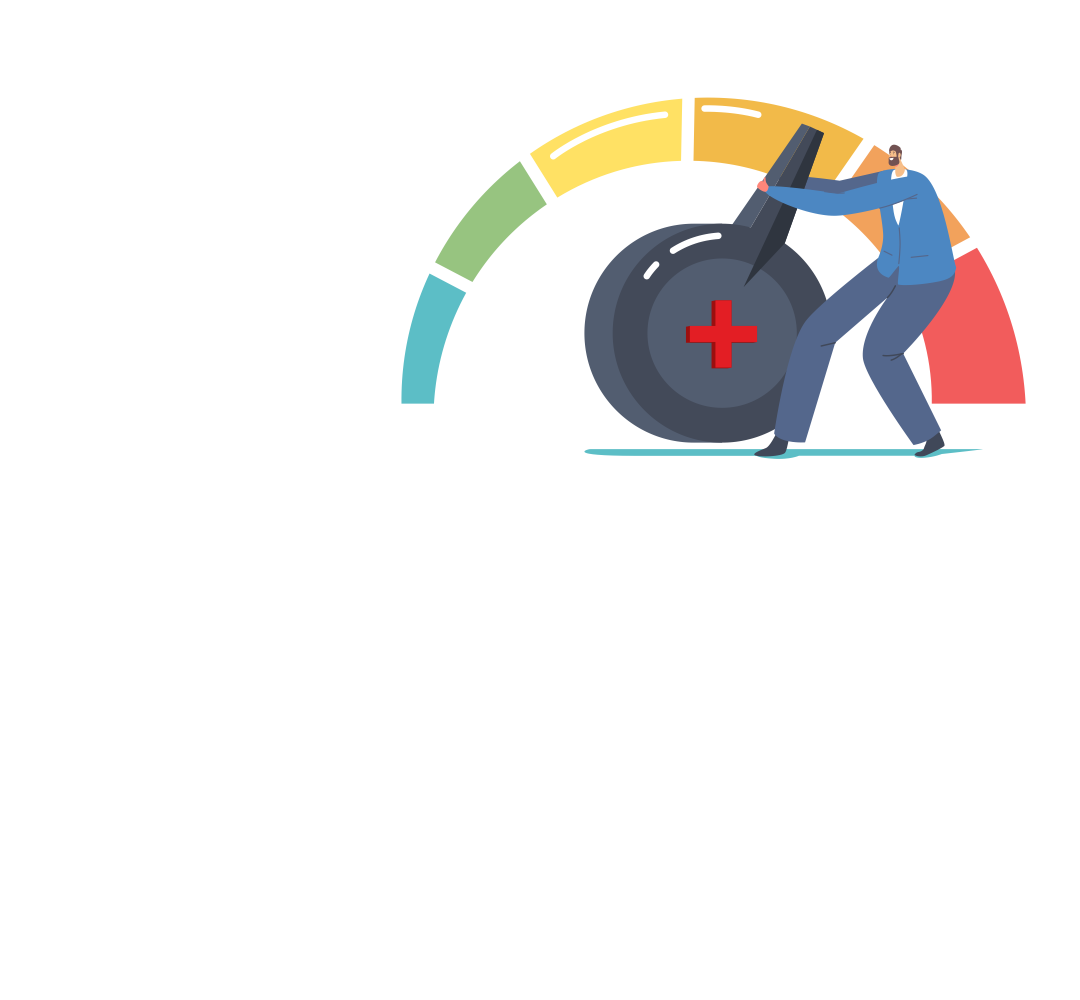Challenges
- System to process encounters in CMS-RAPS and EPDS (post adjudicated claims 8371/P and DME – Durable Medical Equipment), this includes editing and processing of supplemental data
- Analyze star rating measures, improve care management and create interventions for high-risk patients
- Create a better risk adjustment system that can handle the supplemental data collected through the chart review process
- Consulting for a value-based payments healthcare initiative
- Reduce time taken to review patient medical charts and improve review accuracy
Solutions
- Built a system to send all variations of encounters including standard, void and adjusted encounters from payer system to CMS
- Utilized the Model Output Reports (MOR) to identify Hierarchical Condition Categories (HCC) gaps in care management and created interface to carry out interventions for suspected patients
- Built a system than can carry out retrospective analysis using the suspect member details for chart review and performed linked, un-linked claims submission to CMS
- Analyzed the current process of provider reimbursement and detailed out the implementation strategy for episode of care to treat Asthma, COPD, Heart Failure, Upper Respiratory Infection
- Implemented OCR to process the scanned medical charts and pull out relevant medical information (rule-based) to pass through NLP engine
Tools & Technologies
HYE, Microsoft SQL Server, Information Builders WebFOCUS, Greenplum Database, Microsoft .NET Framework, IBM Infosphere DataStage, Mongo DB
Key benefits
- Increased CMS EDPS acceptance rate by 5% and accurately reconciled RAPS and EDPS responses
- The client is now able to prospectively target high-risk populations, manage care 50% more effectively and is seeing improved ratings for their plans.
- Over 5% improvement in the year-on-year average risk adjustment capitation rate
- Enhanced quality of treatment for patients and saved over $1.6 million in payments to provider groups in the year of the implementation.
- Reduced manual efforts by 20% and dramatically improved reporting accuracy.



